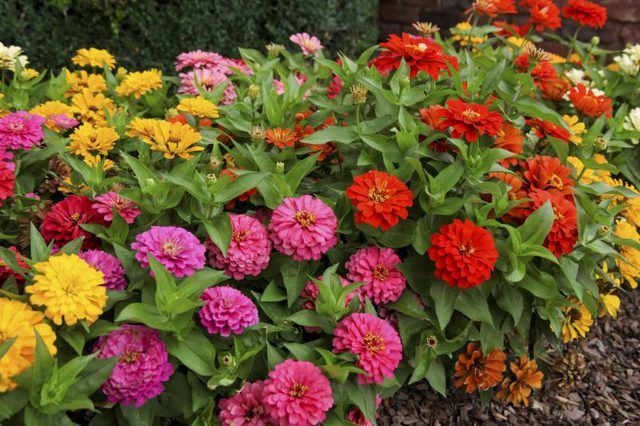Bulbs
Flower Basics
Flower Beds & Specialty Gardens
Flower Garden
Garden Furniture
Garden Gnomes
Garden Seeds
Garden Sheds
Garden Statues
Garden Tools & Supplies
Gardening Basics
Green & Organic
Groundcovers & Vines
Growing Annuals
Growing Basil
Growing Beans
Growing Berries
Growing Blueberries
Growing Cactus
Growing Corn
Growing Cotton
Growing Edibles
Growing Flowers
Growing Garlic
Growing Grapes
Growing Grass
Growing Herbs
Growing Jasmine
Growing Mint
Growing Mushrooms
Orchids
Growing Peanuts
Growing Perennials
Growing Plants
Growing Rosemary
Growing Roses
Growing Strawberries
Growing Sunflowers
Growing Thyme
Growing Tomatoes
Growing Tulips
Growing Vegetables
Herb Basics
Herb Garden
Indoor Growing
Landscaping Basics
Landscaping Patios
Landscaping Plants
Landscaping Shrubs
Landscaping Trees
Landscaping Walks & Pathways
Lawn Basics
Lawn Maintenance
Lawn Mowers
Lawn Ornaments
Lawn Planting
Lawn Tools
Outdoor Growing
Overall Landscape Planning
Pests, Weeds & Problems
Plant Basics
Rock Garden
Rose Garden
Shrubs
Soil
Specialty Gardens
Trees
Vegetable Garden
Yard Maintenance
How to Harvest Zinnia Seed for Next Spring
How to Harvest Zinnia Seed for Next Spring. Zinnias (_Zinnia_ spp.) are true annuals, living out their entire lifespans within one year. In a full-sun location with well-drained soil, they will produce an abundance of blooms from early summer until they are killed by frost. To enjoy zinnias next year without buying new seed, you can harvest and...

Zinnias (Zinnia spp.) are true annuals, living out their entire lifespans within one year. In a full-sun location with well-drained soil, they will produce an abundance of blooms from early summer until they are killed by frost. To enjoy zinnias next year without buying new seed, you can harvest and save seeds to plant in the spring.
Zinnia Life Cycle
Zinnias are tender annuals, which means they cannot tolerate cold weather. Plant them in spring after all danger of frost has passed and the ground is starting to warm. You can either direct-sow the seeds into the garden or start them indoors four to six weeks before the last frost date in your area.
To encourage repeat blooming, gardeners often dead-head zinnias. If you want to save seeds, however, leave some of the blooms on the plant so they can develop seed pods.
Zinnias grown in warm climates where the temperature rarely dips below freezing will re-seed themselves in the garden. This includes U.S. Department of Agriculture plant hardiness zones 10 and warmer. Seeds that are exposed to freezing conditions rarely sprout in the spring.
Plant Selection
Only collect seeds from the healthiest plants with attractive blooms. This will help ensure that the seed is viable and produces attractive plants.
Seeds from zinnias described as "open-pollinated" will produce plants with similar shape and color to the parent plant. Save seeds from several different plants to get a variety of colors.
If you're growing one of the many hybrid varieties of zinnia, the seeds will not produce plants identical to the parent. Instead, you'll get an unexpected variety of zinnias in different colors and sizes due to the diverse genetic material of the parent plants.
Drying Seeds
You can collect seeds any time after zinnias have been blooming long enough for the flowers to die and develop seed heads. If you're waiting until later in the year to harvest seeds, stop deadheading the plants several weeks before the first frost in the fall.
Let the entire blooms dry on the plants until the seed pods are ready to harvest. Zinnia seeds are located in a closed pod that develops at the base of each flower. Cut these pods off the plant stems after the flower petals are dried up and the pods themselves turn from green to brown, but before they start to crack open.
Place the pods on a screen in a well-ventilated area until they are completely dry. Once they are dry, crush the outer shells of the pods by gently rolling them between your hands to release the seeds. Pick the broken pod pieces out before storing seeds.
Seed Stoage
The key to storing seeds and keeping them viable is to keep them cool and dry in a dark location. A combination of warmth, water and light will trigger sprouting, while warmth and dampness causes seeds to rot.
Store seeds in envelopes, labeled and dated so you don't lose track of what's inside. Place these envelopes in an air-tight container. Once packaged, seeds can be stored in the refrigerator or another cool location. Temperatures at or below 40 degrees Fahrenheit, but above 32 degrees F, are ideal. Most seeds will remain viable for two to three years.